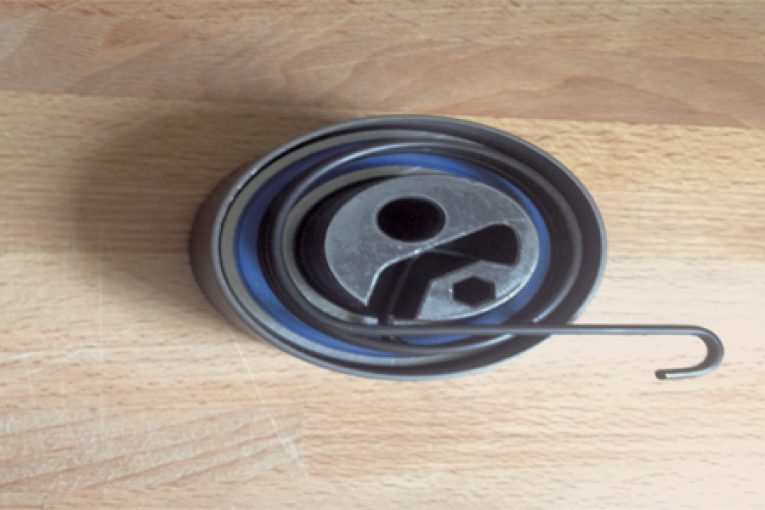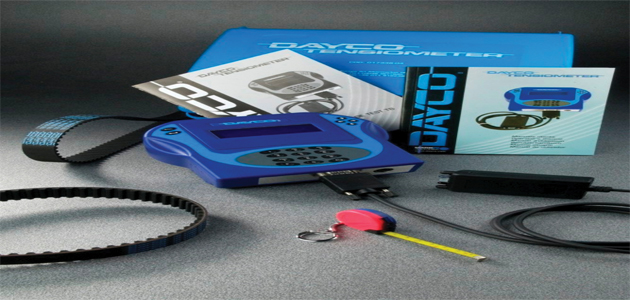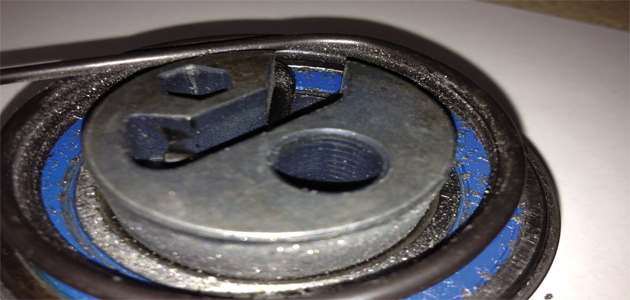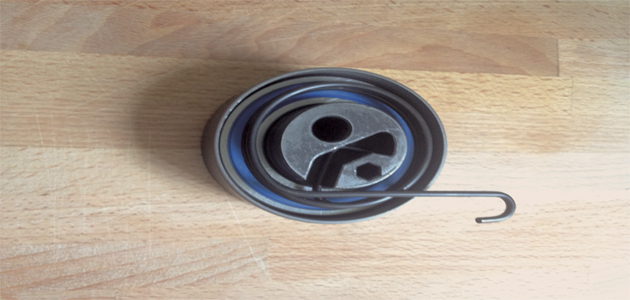
The 1.7-litre diesel engine that has been a permanent fixture in a number of configurations in the Vauxhall/Opel Astra, Combo, Corsa and Meriva for more than a decade is one that will be very familiar to every workshop in the country. As the unit has developed, the manufacturer has revised the design of the belt tensioner for the timing system from a fully fixed to a spring-loaded version. 
During installation, the function of the new design is to provide the correct tension to the timing belt, but once the engine’s adjustment revolutions have been made and the retaining bolt secured, the tensioner in reality becomes a fixed tensioner and will not modulate the tension like an automatic tensioner does.
Naturally, this change has been made in a bid to make the tensioning of the belt an easier and more accurate task. However, while this may be the case on the production line, it has proved to be a far more challenging operation for the workshop undertaking a timing belt replacement.
The result of the problem is revealed by the failure of the replacement spring-loaded tensioner and the subsequent need to install another timing belt kit to rectify the failure. The cause of the failure is excessive tension on the belt, which puts an unacceptable load on every component in the timing system, but particularly the tensioner, which can become distorted and also the timing belt, which can wear unevenly.

A failed tensioner
TOP TIP – MAKE YOUR MARK!
It is during the action of tightening the retaining bolt that the belt can inadvertently be over-tensioned, so a handy hint to ensure that the tensioner doesn’t move during the process is to scratch a mark on the tensioner and a fixed point on the engine before the final tightening is done. If the marks remain in line, the belt will be at the correct tension, if not, the tension will be wrong.
Best practice
To prevent this costly problem, Dayco recommends that technicians use the following procedure when fitting a timing belt kit:
- To set an accurate tension of the belt, the engine must be cold and so it should have been at rest for at least four hours. Install the new tensioner, engage the spring ‘hook’ and preload the tensioner by turning it anticlockwise with an allen key before locking it in this position so that it is out of the way while the belt is fitted.
- Lock the camshaft and injection pump sprockets in place with locking bolts and ensure that the notch in the crankshaft is aligned with the lug on the oil pump cover and the timing mark on the timing belt.
- Install the timing belt, following the direction of its rotation, starting with the crankshaft pulley and followed by the oil pump pulley, injector pump pulley and finally the camshaft pulley. While carrying out the installation it is very important to make sure that the belt is taught between the oil pump and injection pulleys.
- With the belt in place, slacken the tensioner-retaining bolt and allow the spring to apply tension to the belt before removing the locking bolts from the camshaft and injection pump sprockets.
- Now rotate the crankshaft against the direction of the engine rotation in accordance to the requirements of the specific engine code, and then tighten the retaining bolt on the tensioner to the torque setting.
- Finally, rotate the crankshaft in the direction of the engine rotation in accordance to the requirements of the specific engine code and make sure that the crankshaft notch is still in line with the lug on the oil pump and the timing mark on the belt, and that the locking bolts can easily be re-inserted into the camshaft and injection pump pulleys.

New tensioner
Getting the correct tension
To simplify the process further, technicians can use a Dayco Tensiometer, which will ensure the correct tension is achieved. The tool is easy to use and just needs the relevant test code for the belt application to be entered and the belt vibrated. If the test reading is ‘OK’ the belt is fine, but if the result reads + or – 3, the belt will need to be reset.
Replacement solutions
Depending on the variant, Dayco provides either timing belt kit KTB414 or KTB468 for the GM 1.7 diesel engine, but both options contain a High Tenacity (HT) or ‘white’ belt. The Dayco HT belt has become an OE solution for an increasing number of vehicle manufacturers. As a result, more vehicles fitted with these white belts are coming into the workshop.









